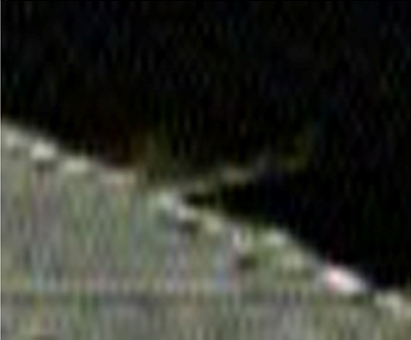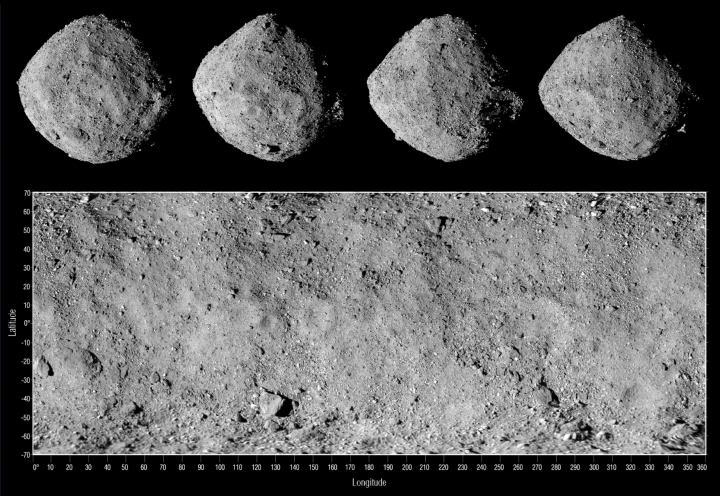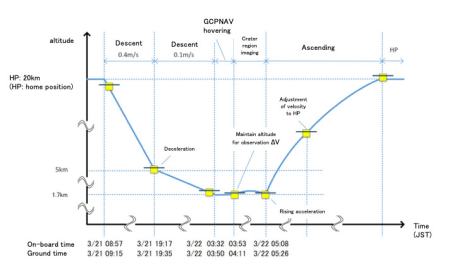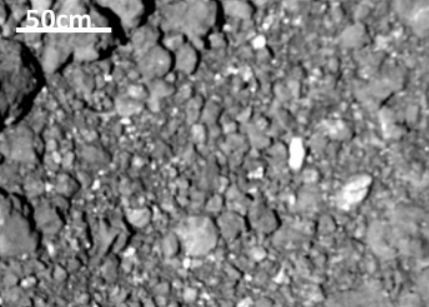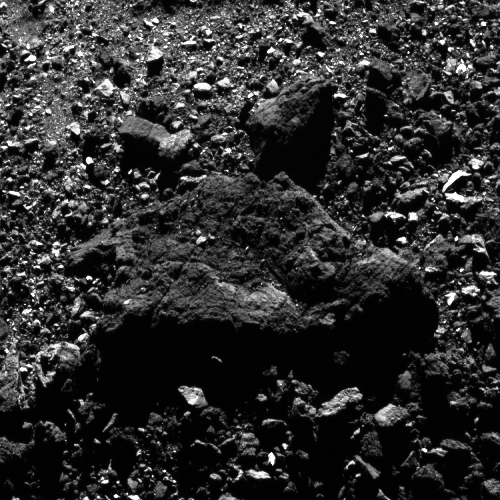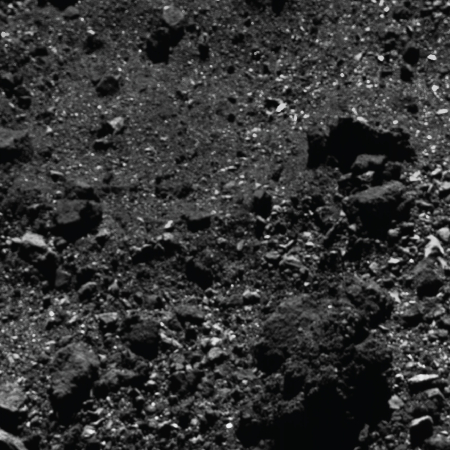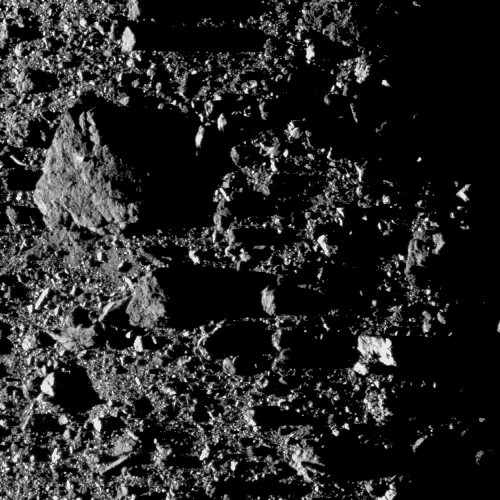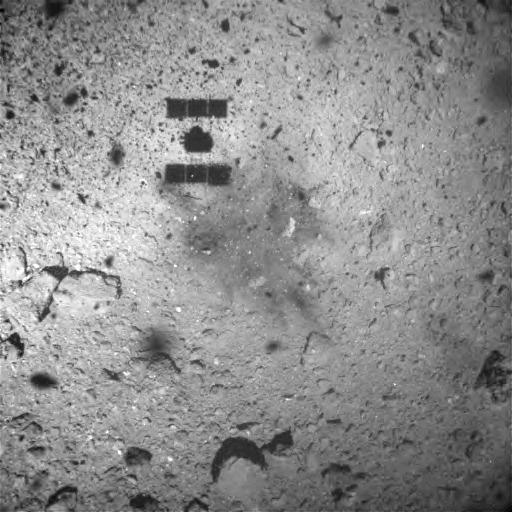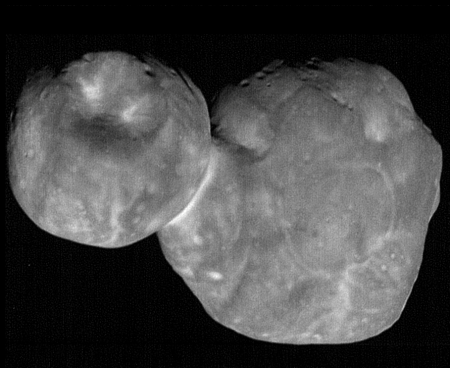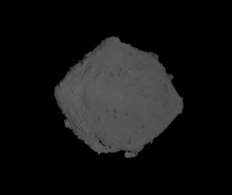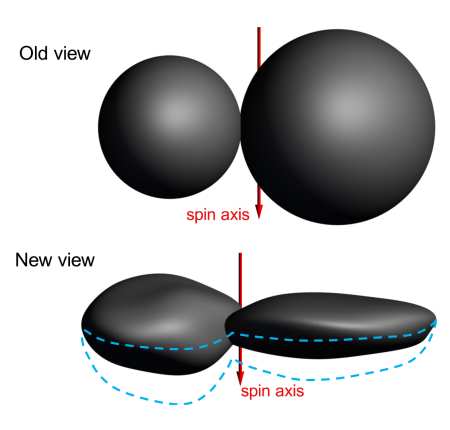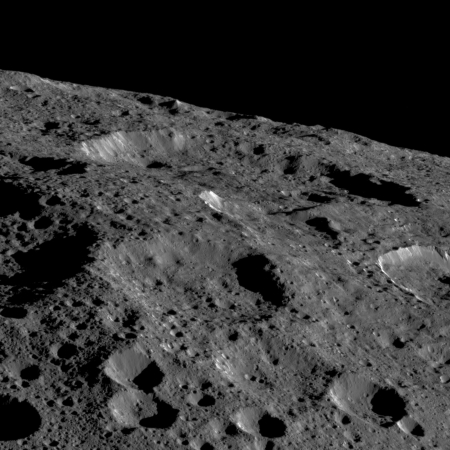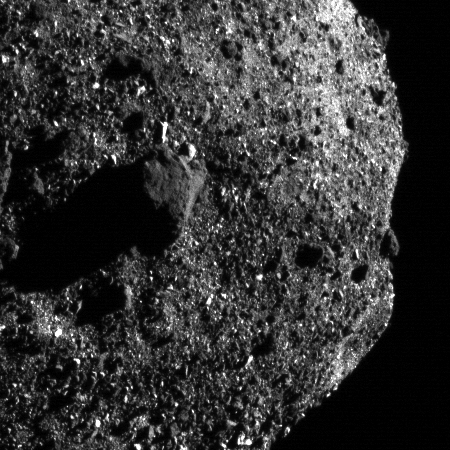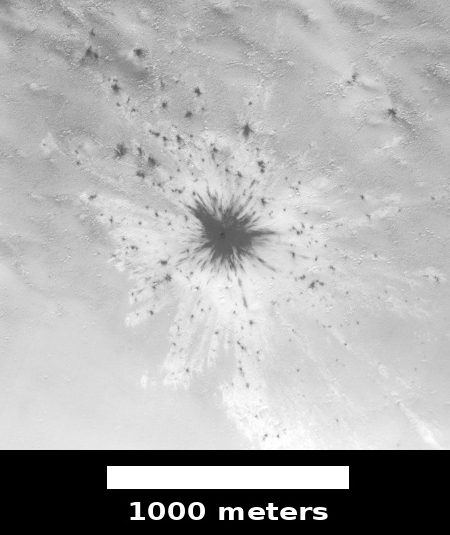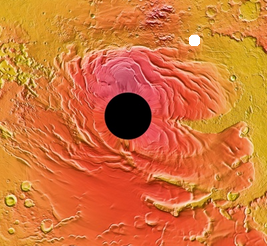OSIRIS-REx maps Bennu by laser
The OSIRIS-REx science team today released a short animation showing a topographical global map of the asteroid Bennu, created by the spacecraft’s laser altimeter, dubbed OLA.
From Feb. 12 through 17, OLA made more than 11 million measurements of the distance between OSIRIS-REx and Bennu’s surface as the spacecraft flew less than 1.2 miles (2 km) above the surface – the closest orbit ever achieved by spacecraft. OLA obtained these measurements by firing laser pulses at Bennu and measuring the amount of time it takes for the light to bounce off the asteroid’s surface and return to the instrument. That time measurement is then translated into altitude data. Using this data, the OLA team created the 3-D model of Bennu’s surface.
The OSIRIS-REx science team today released a short animation showing a topographical global map of the asteroid Bennu, created by the spacecraft’s laser altimeter, dubbed OLA.
From Feb. 12 through 17, OLA made more than 11 million measurements of the distance between OSIRIS-REx and Bennu’s surface as the spacecraft flew less than 1.2 miles (2 km) above the surface – the closest orbit ever achieved by spacecraft. OLA obtained these measurements by firing laser pulses at Bennu and measuring the amount of time it takes for the light to bounce off the asteroid’s surface and return to the instrument. That time measurement is then translated into altitude data. Using this data, the OLA team created the 3-D model of Bennu’s surface.

